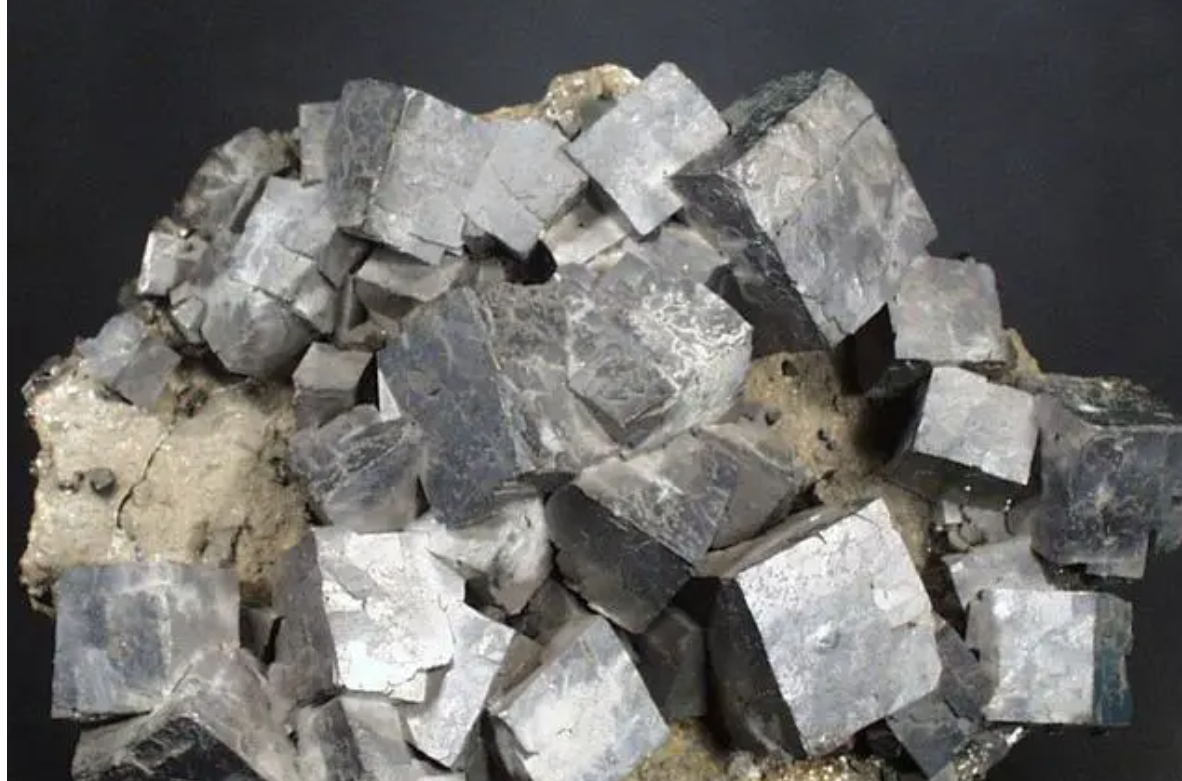Extracting lead from lead-zinc ore mainly involves the following steps:
Crushing and Grinding: Firstly, lead-zinc ore undergoes crushing and grinding treatment, mechanically crushing large pieces of ore into smaller particles through different types of crushers (such as jaw crushers and impact crushers), and then further crushing to the desired particle size through ball mills or autogenous mills. The quality of this step directly affects the subsequent flotation effect, so it is extremely critical.
Flotation process: Flotation process is one of the core steps in lead-zinc ore beneficiation, which selectively combines minerals with bubbles, floats up and separates them, achieving the separation of metal minerals and gangue minerals. The selection and use of flotation reagents are also important factors in the flotation process. Commonly used flotation reagents include collectors, frothers, and regulators, whose functions are to improve the lipophilicity of the target mineral, help form stable and uniform small bubbles, and regulate the acidity and alkalinity of the slurry.
Re selection process: Re selection process is mainly suitable for processing lead zinc ores with coarse particle size and large density difference. This process is usually carried out through equipment such as shaking tables and jigs to achieve the separation of ore and gangue at different densities. The re-election process does not require the addition of any chemical agents and is an environmentally friendly and low-cost mineral processing method.
Smelting treatment: After the above treatment, lead and zinc containing ores are melted in a high-temperature environment. This process can use different melting furnaces, including tunnel kilns, converters, electric arc furnaces, etc. The melting temperature is generally around 1200-1300 degrees Celsius. At this temperature, lead and zinc in the ore melt into liquid form and separate from other impurities in the ore. During the smelting process, the ore in the smelting furnace will be continuously stirred and slag removed to ensure that impurities in the liquid alloy of lead and zinc are maximally removed.
Refining treatment: After the smelting is completed, the melted lead zinc alloy is poured into a cooling mold, and after cooling, it forms a block shaped lead zinc alloy. This alloy will undergo further refining to remove residual impurities and ultimately obtain pure lead and zinc.
It should be noted that a large amount of waste residue and exhaust gas are generated during the smelting process of lead-zinc ore. These waste residues and exhaust gases containing harmful substances need to be properly treated to reduce pollution to the environment.

 English
English  Español
Español  Português
Português  русский
русский  français
français  日本語
日本語  Deutsch
Deutsch  Tiếng Việt
Tiếng Việt  Italiano
Italiano  Nederlands
Nederlands  ไทย
ไทย  Polski
Polski  한국어
한국어  Svenska
Svenska  Malay
Malay  বাংলা
বাংলা  हिन्दी
हिन्दी  Pilipino
Pilipino  Türk
Türk  عربى
عربى  Indonesia
Indonesia  norsk
norsk  čeština
čeština  Українська
Українська  Javanese
Javanese  فارسی
فارسی  తెలుగు
తెలుగు  Burmese
Burmese  български
български  Latine
Latine  Azərbaycan
Azərbaycan  Српски
Српски  Esperanto
Esperanto  Afrikaans
Afrikaans  Català
Català  Cymraeg
Cymraeg  Беларус
Беларус  Hrvatski
Hrvatski  Kreyòl ayisyen
Kreyòl ayisyen  Shqiptar
Shqiptar  Bosanski
Bosanski  Кыргыз тили
Кыргыз тили  ಕನ್ನಡ
ಕನ್ನಡ  IsiXhosa
IsiXhosa  Chichewa
Chichewa  Somali
Somali  O'zbek
O'zbek  հայերեն
հայերեն  Sundanese
Sundanese  Malagasy
Malagasy 






